There’s one place in the world you can see, hear and, if you’re lucky, touch such some of the rarest, fastest, most exclusive, and most expensive cars in the world: Monterey Car Week.
The concentration of wealth and disposable income – tens, possibly hundreds of billions –is enough to make Elon Musk jealous.
Monterey Car Week is a microcosm of the car enthusiast world and represents an evolving culture that, like so many other things, has been permanently altered by social media and influencers alike.
This is the land where street-parked Bugatti Chirons, processions of priceless classics and exotics winding along the coast, and grids of historic racecars once piloted by champions like Andretti, Unser, and Lauda corkscrew around the legendary Laguna Seca Raceway, is called a Thursday in mid-August.
It’s an auditory assault of dozens of straight-piped McLarens, Paganis, and Koenigseggs delighting swarms of giddy young enthusiasts as they clamor to capture the moment on their iPhones.
But Monterey Car Week wasn’t always Monterey Car Week and its evolution and diversification both prove car culture is alive and well.
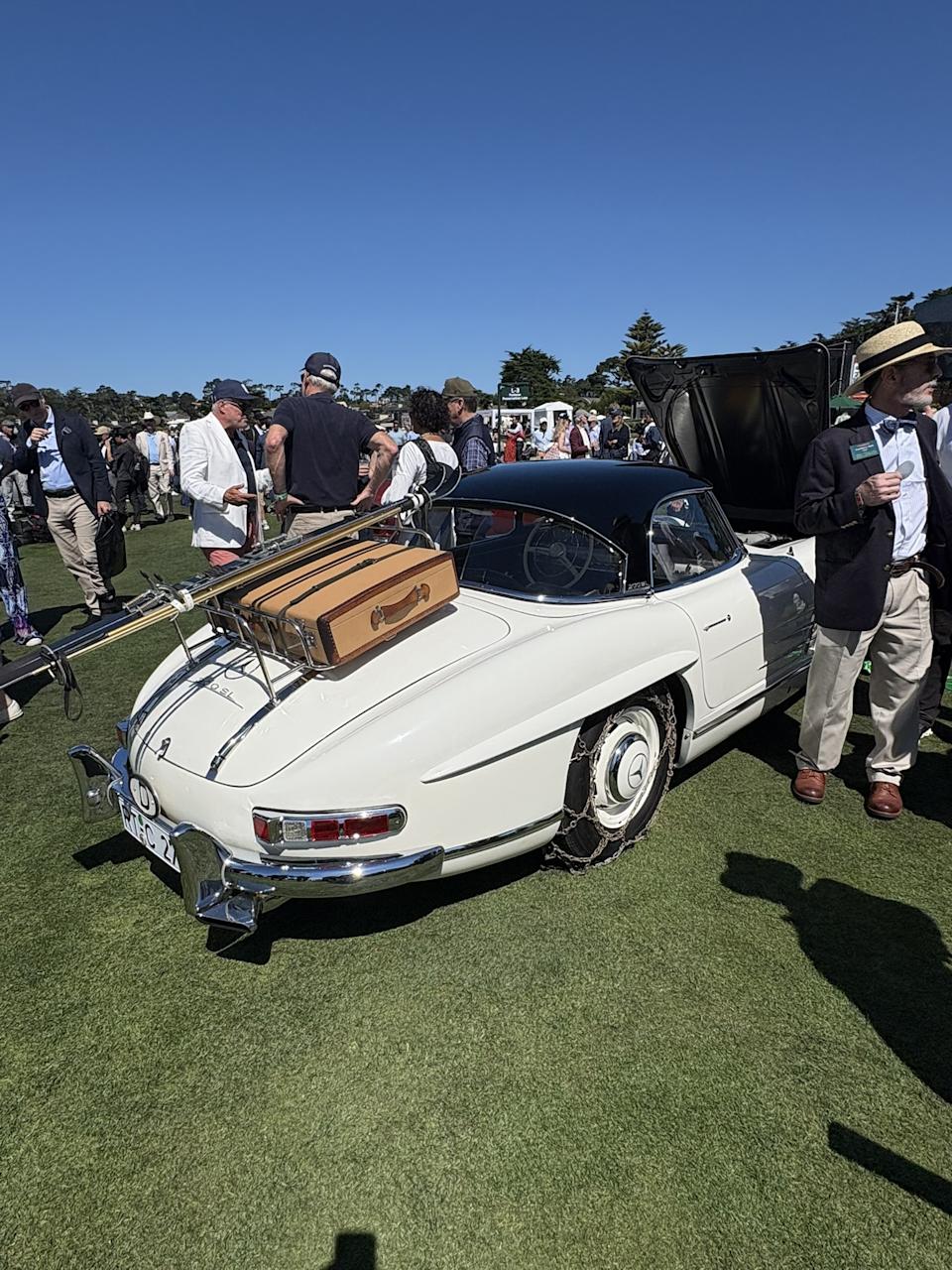
The evolution of Pebble Beach to Monterey Car Week
In 1950, it all started with the Pebble Beach Concours d’Elegance, a genteel, one-day lawn show of classic and collectible cars perched on the 18th hole of the Pebble Beach Golf Links overlooking the Pacific Ocean.
“Pebble” evolved into the most prestigious event of its kind. With popularity and growth came events sprouting up around the concours like spring flowers in a billionaire’s professionally maintained garden.
Among others, The Monterey Historics, now known as the Rolex Monterey Motorsports Reunion; McCall’s Motorworks Revival, redubbed Motorlux; and the latest major organized event, The Quail, A Motorsports Gathering, colloquially known as simply, The Quail.
These tentpole events bled into each other to feature much of the same: A variety of historic classics and collectibles owned, restored and maintained by the well-heeled and appreciated by the somewhat lesser heeled.
Tickets can be more than $1,000 per person, which may be a factor in why some say car culture, and Car Week, has jumped the shark. In 2025, some five dozen events and happenings took place during what is now a ten-day schedule. This included 27 shows and expos, eight drives and rallies, four auctions, and several forums.
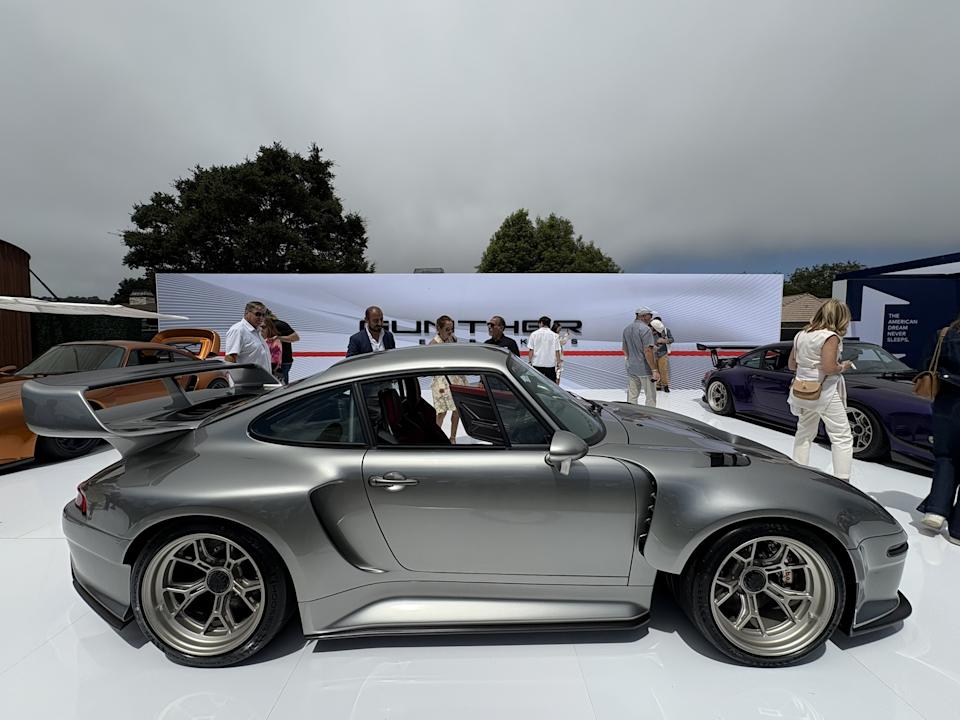
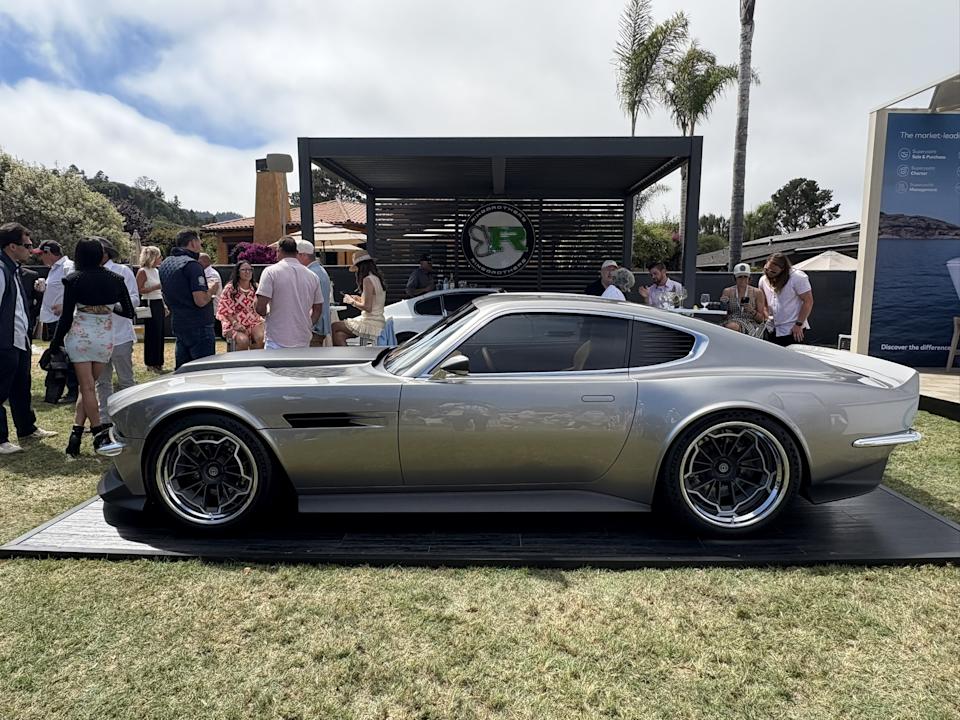
Monterey Car Week is an auto show now
The Quail, which first took place in 2003, has become the de facto auto show for luxury, exotic car, hypercar and bespoke auto brands, several of which unveiled something new this year.
There’s the Guntherwerks Project F-26, a 1,000-hp coupe inspired by the Porsche 935 Slantnose; Ringbrothers’ Octavia, a $2.5-million one-off Aston Martin DBS; and the RUF CTR3 EVO, the most powerful car ever from the Yellowbird creator, just to name a few.
“I have a responsibility as an automotive enthusiast to be able to teach the younger generation about the love and passion of driving cars,” said Peter Nam, president and CEO of Guntherwerks, whose custom built, limited production cars are intended to be as analog as possible.
Before The Quail, Ringbrothers co-founder Mike Ring had never been to a concours, let alone Monterey Car Week.
“I was just blown away by the amount of expensive cars just buzzing the streets,” Ring said. “It opened my eyes to how big the world is in doing things that are different than what we’ve been doing. It’s not a muscle car world, it’s a one-off world.”
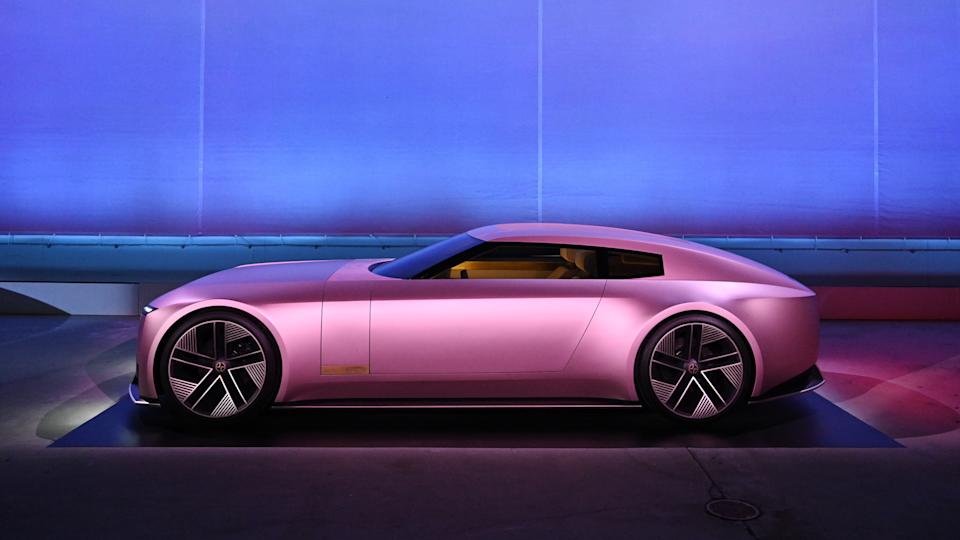
Stuart Schorr leads marketing and communications for Jaguar USA, which brought the controversial Type 00 for its Monterey Car Week debut.
“You have to be gratified to see the excitement in Monterey Car Week from so many different perspectives of car enthusiasts. All these brands are trying to create excitement and be unique and get the most affluent customers, but you also have to build up car culture among the youth so they can get used cars and modify them. It trickles down. We think people will get used to our new design language and realize, okay, Jaguar is a cool, modern brand again,”Schorr said.
Outside these big public events, luxury brands like McLaren and Maserati spend six, sometimes seven figures to create private branded spaces for owners, prospects and media to learn about their latest offerings.
With all this wealth and exclusivity, what’s a broke car lover to do?
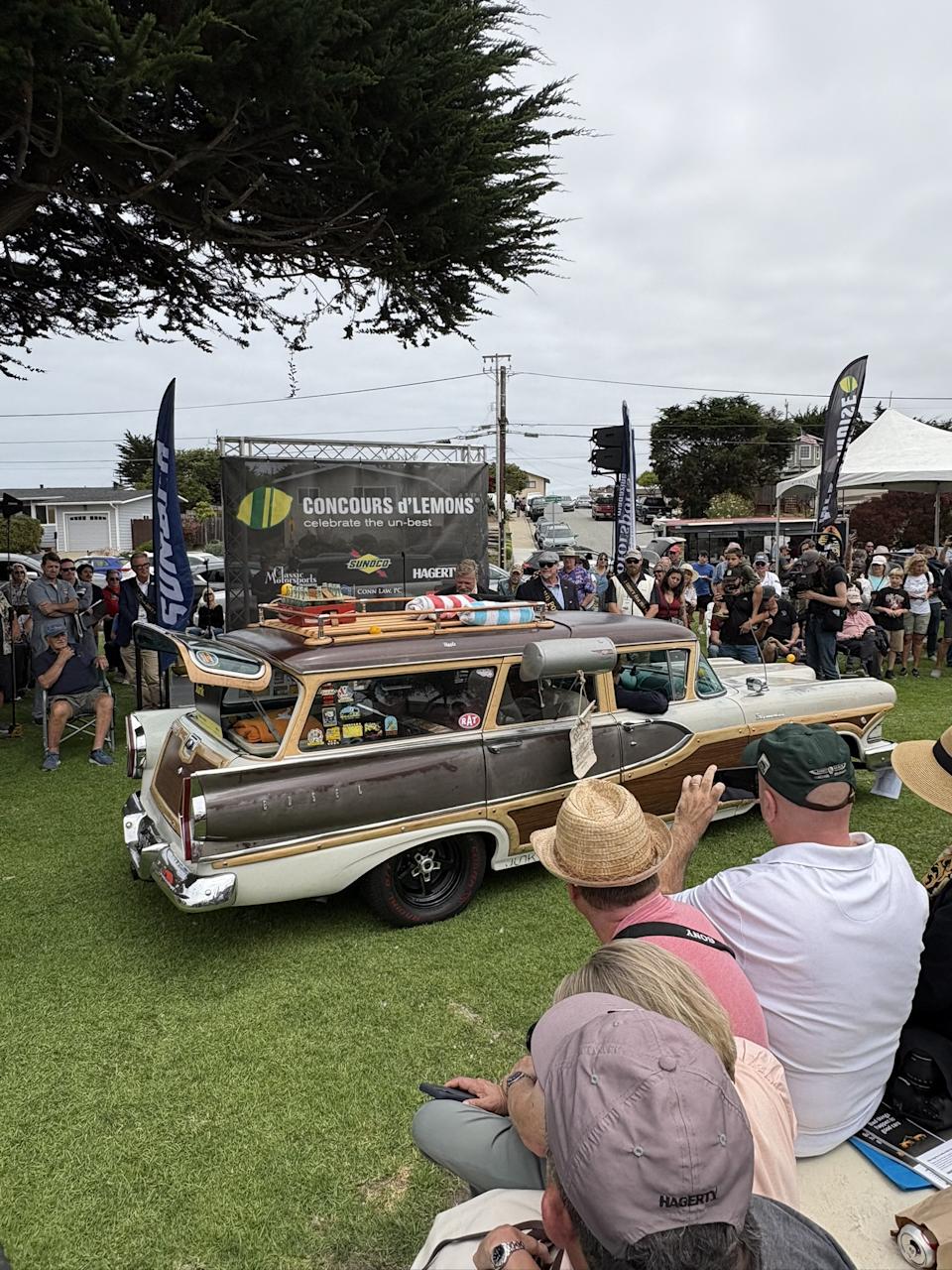
Monterey Car Week for the common enthusiast
Enter Jay Lamm and Alan Galbraith.
Lamm is the founder of the 24 Hours of Lemons, an affordable race series that simultaneously gives everyday enthusiasts access to motorsports while taking the piss out of established organizations with Bill Murray-like irreverence.
“Lemons is inclusive events for excluded enthusiasts,” Lamm said about his brainchild.
Anyone can enter as long as their car is worth $500 or less and teams abide by the series’ arcane and snarky rules, one of which gives Lamm the authority to confiscate any car at any time for any reason.
Legend has it he once invoked this rule to procure for personal use the V12 engine of an entrant’s 1996 Mercedes S600.
Lamm did not respond to inquiries seeking confirmation.
In 2009, former journalist, TV producer, and carnesseur Alan Galbraith convinced Lamm to rent him the formula for the creation of the Concours d’Lemons as an antidote to the snooty car show happening across town.
Whereas Pebble featured the best cars, Lemons featured, well, lemons. Or as Galbraith puts it, “the ‘un-best’ of the automotive world.”
Only misfit, oddball, and commercial failures like the always maligned AMC Gremlin, pig-lipsticky Cosworth Vega, and diminutive (and ugly) Subaru 360 are welcome, as are original vehicles of their owners’ own imaginations.
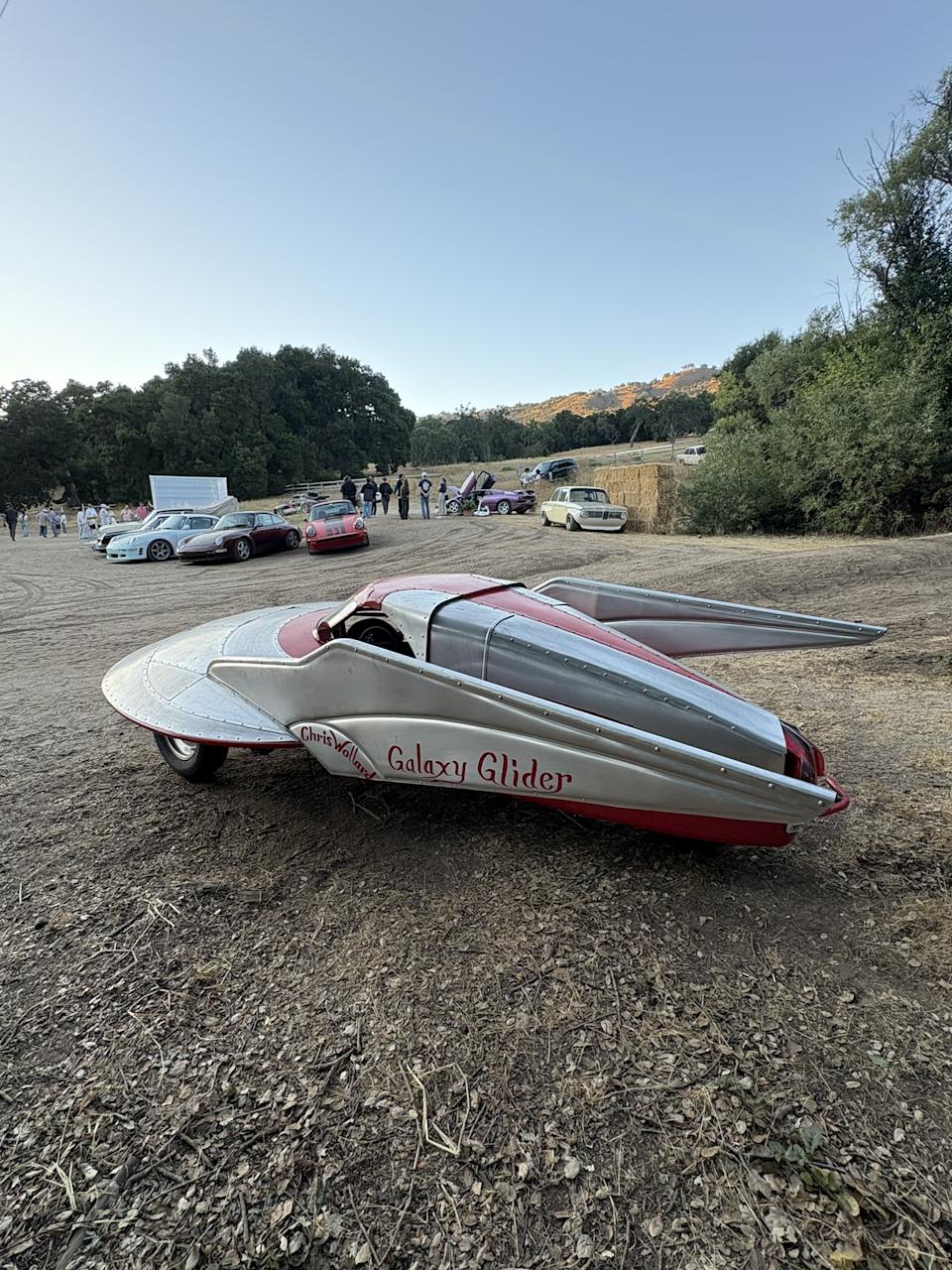
The Worst of Show for 2025 was just that — a rolling flying saucer thing called The Galaxy Glider built by Chris Wollard of Tulsa, Oklahoma.
Now in its 16th year, Concours d’Lemons was the first Car Week event to offer something to the masses (i.e. free) and has become a must-do event.
It’s arguably the catalyst that helped Car Week become what it is today. “Novelty is required of enthusiasm. Alan opened up another world of car culture,” Lamm said.
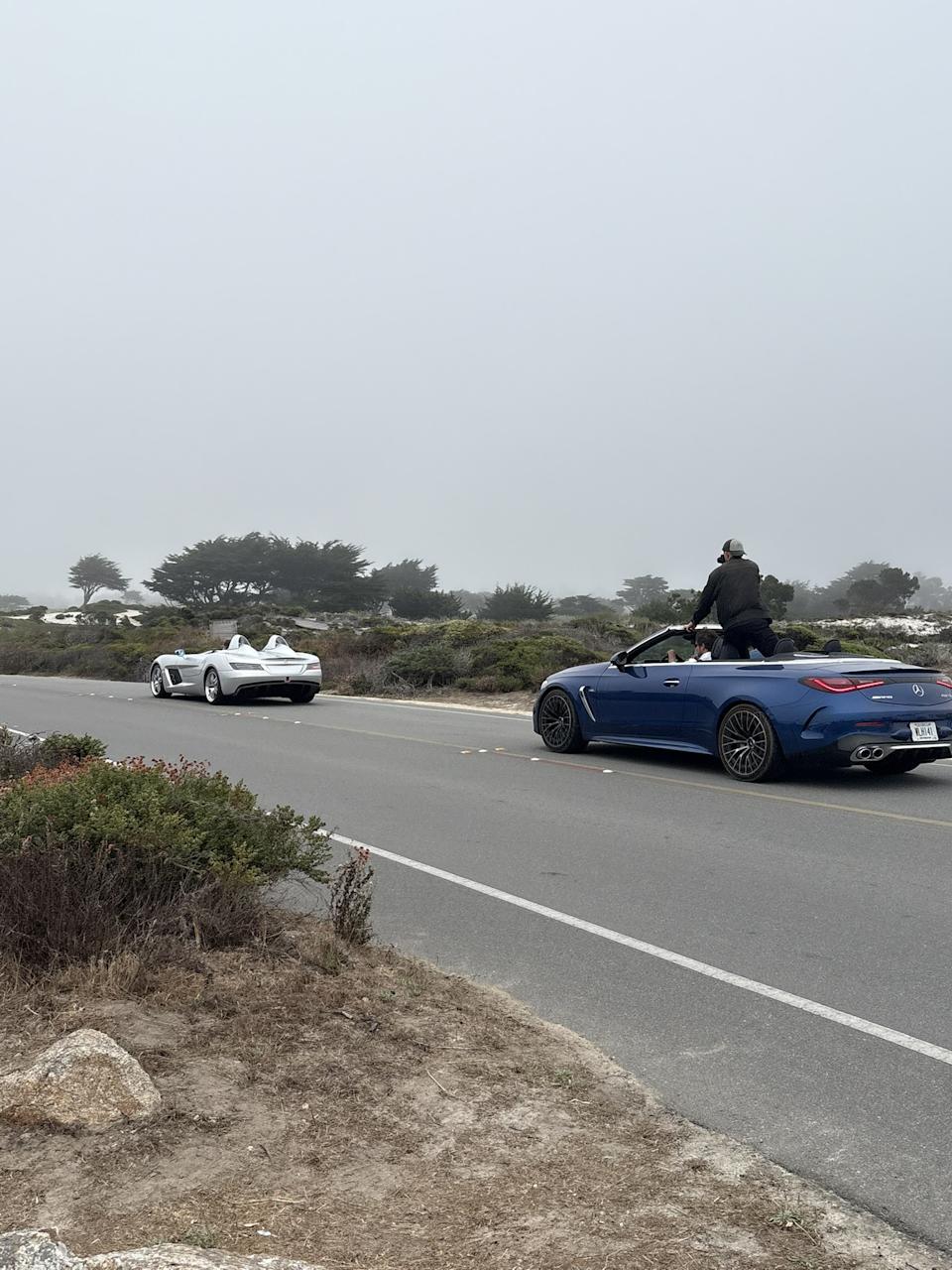
What has Car Week, and thereby car culture in general, become?
According to Galbraith, “New guys are always coming in, it’s the natural progression of things.”
Before it was Monterey Car Week it was just “Pebble” or “Pebble Beach” among those in the know.
“Are you going to Pebble this year?,” was and still is the question for many who’ve been going since back in the day, including this reporter.
Way back, the streets were filled with cars you might see once in a lifetime, if ever. But only one of each, not a fleet of them.
You saw what you saw whenever and wherever you saw it. You admired it and maybe asked a few questions of the owner, if they were around.
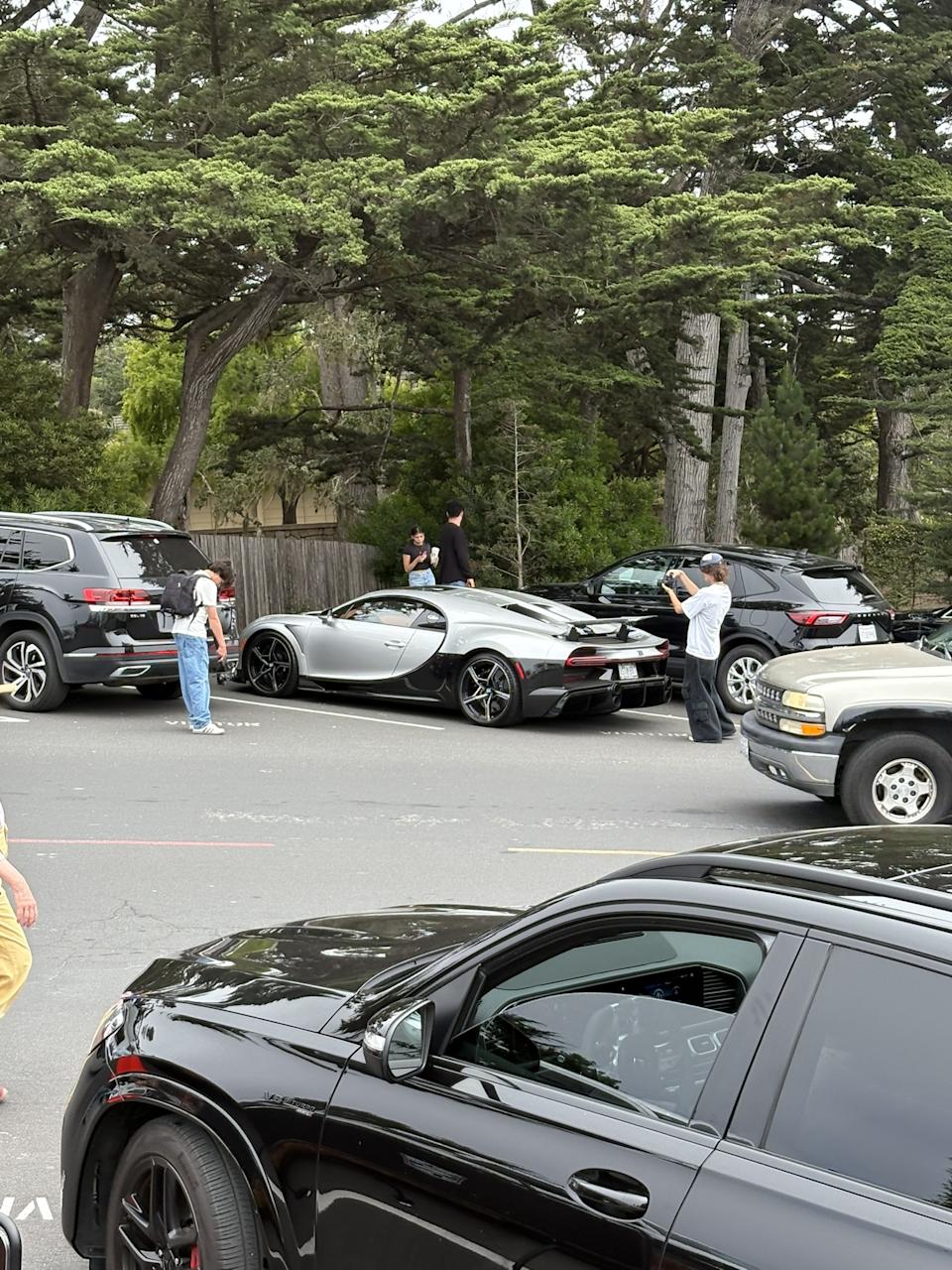
Street parking a $25 million Ferrari wasn’t really a flex. I mean, it was, but it wasn’t today’s flex, which seems to be perpetrated by nascent social media influencers and nouveau riche crypto bros looking for clicks and attention rather than the low-key owner who drove it to dinner with friends, simply because they could.
The sidewalks weren’t teaming with car spotter kids because good iPhone cameras and social media hadn’t yet become ubiquitous.
One of those early spotters was a young Doug DeMuro on the hunt for his favorite childhood exotic, the Lamborghini Countach, armed only with a digital camera and a lot of enthusiast energy.
After attending from 2012 to 2017, 2025 was the first time DeMuro had gone back after a six-year hiatus. Only now instead of being a spotter, he drove his own Countach, having seen success as an online automotive influencer and creator of the Cars & Bids car auction site.
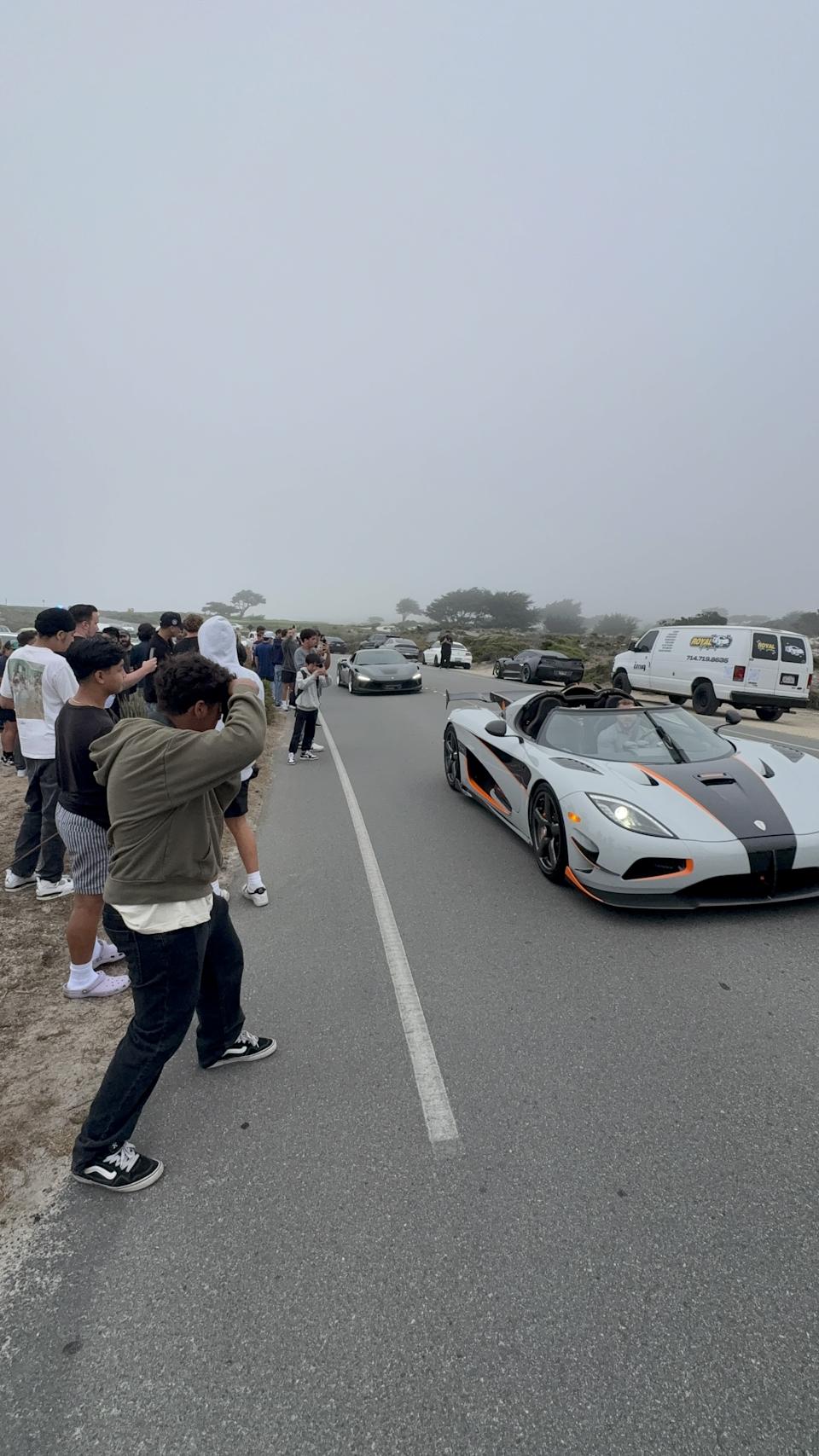

Packs of car spotters – mostly teenage boys and young men – could now be seen and heard screeching like middle school girls at a Taylor Swift concert as they ran down the latest Apollo, Czinger, or Stradman to cruise by, iPhones blazing.
Of today’s spotters DeMuro says, “I love it. I think the kids are awesome.” Though, he does admit there are “way more people doing that now.”
DeMuro also noted how much farther people traveled to get to Monterey and the sheer number of expensive cars driving around, pointing out he’d seen a car on the street registered in Chile that was apparently shipped in.
It seemed like every exotic and hypercar made in the last ten years was in town, which is reflective of what’s on social media where there are so many images of these cars it’s hard to believe they’re rare.
DeMuro’s not the only one who’s seen the culture shift.
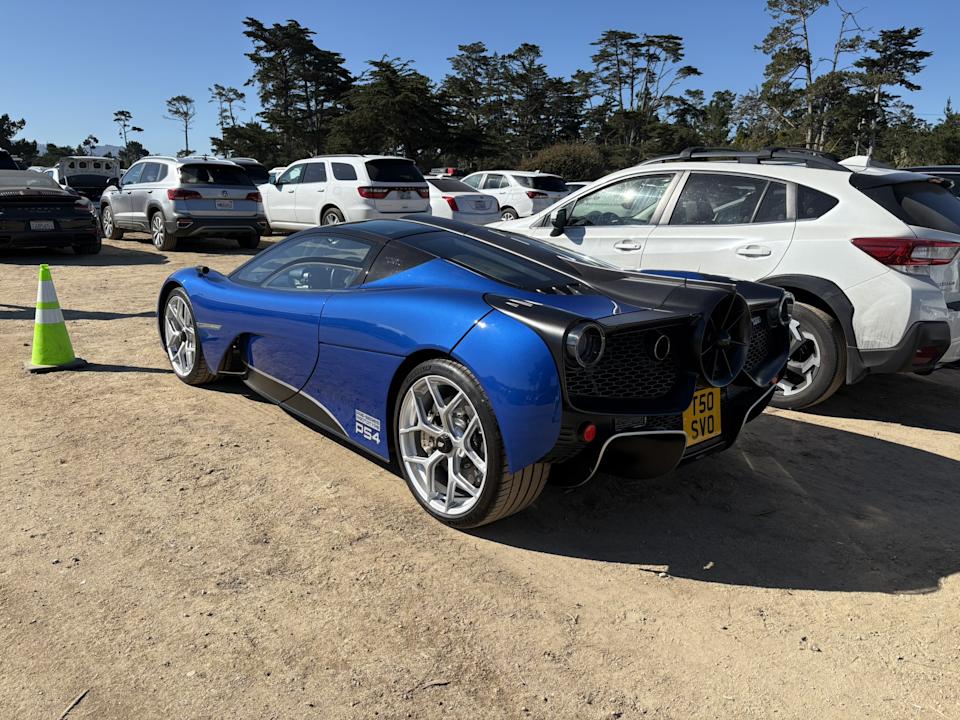
“I think in some ways Monterey is the only place these guys are able to drive their car and that’s why they’re going to the track and parking it in public parking,” said McKeel Hagerty, CEO of Hagerty Insurance. “It’s, ‘I get to do this once a year so I’m going to do it and just go big.’”
The Exotics on Broadway event, also relatively new, might be the single largest concentration of exotic and hypercars anywhere. Between the amount of hardware and dense throng of sweaty strangers, you couldn’t get near it.
To cite a famous Yogiism, “Nobody goes there anymore, it’s too crowded.”
“It lulls you into a false sense of reality,” said Jay Ward, Creative Director of Franchise at Pixar Animation. “GranTurismo and TikTok have done a great job of building awareness of these cars.”
Ward would know. The man is dialed in on the scene. Besides being instrumental in bringing the Cars movie franchise to life he’s a judge at both the Pebble Beach Concours d’Elegance and Concours d’Lemons.

Has car culture simply become a spectator sport?
“Three years ago you’d see 40, 50 younger guys with their bigger cameras pretending like they’re journalists just trying to catch a glimpse of everything coming by,” Hagerty said. “Then it was 150 and now there are at least three or four hundred of these guys around the Peninsula.”
“I don’t know if it’s the influencer mentality but they’re putting themselves in the story by being there. They spent money to come to Monterey and they’re taking pictures and it’s part of the experience.”
“It’s the influence of social media on car culture,” added Ward. “There’s a little something for everyone.”
But there’s hope for those more interested in a personal experience than creating content.
Zach Jonik, 30, is a Los Angeles-based wealth manager attending the Pebble Beach Concours for the first time.
Originally from Detroit, Jonik and his wife Rachael drove their murdered-out BMW XM to Monterey. They’re two of about ten people sitting in a row of white Adirondack chairs on a patio overlooking the road running just outside the show.
“What’s cool about these things is it’s not just, you know, walking around the lawn and the cars are perfectly positioned and you can’t really feel the emotion, but when people are driving by you’re, like, sharing a moment, as if you’re watching, like, a sports game,” he explained. “Today was the first day in my life where I got to hear a Koenigsegg Jesko, which I might never see again unless I come to something like this.”
There are more like Jonik, and some who want an even more visceral car culture experience.
Fortunately, there are outfits prepared to offer that, in spades.
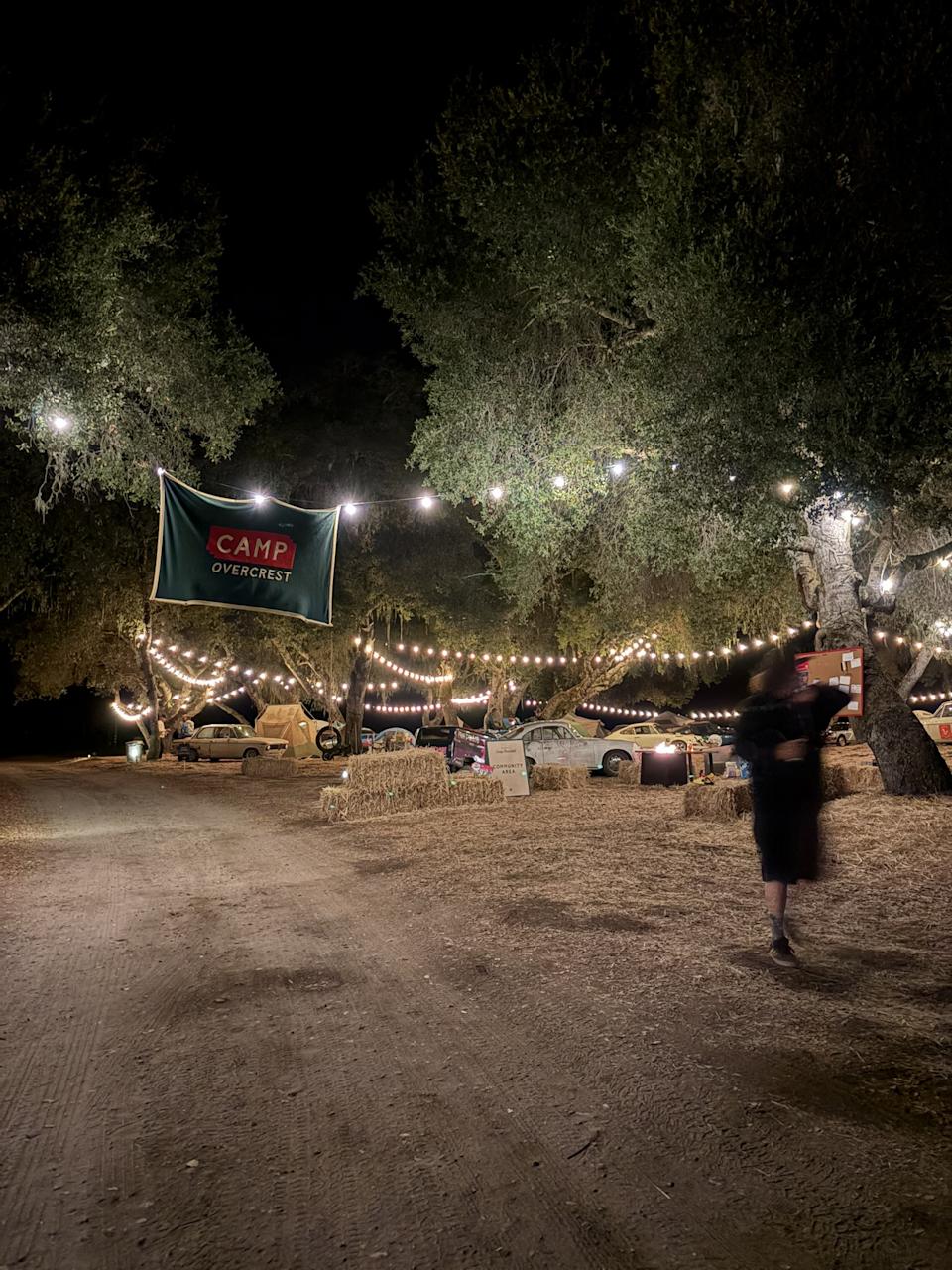
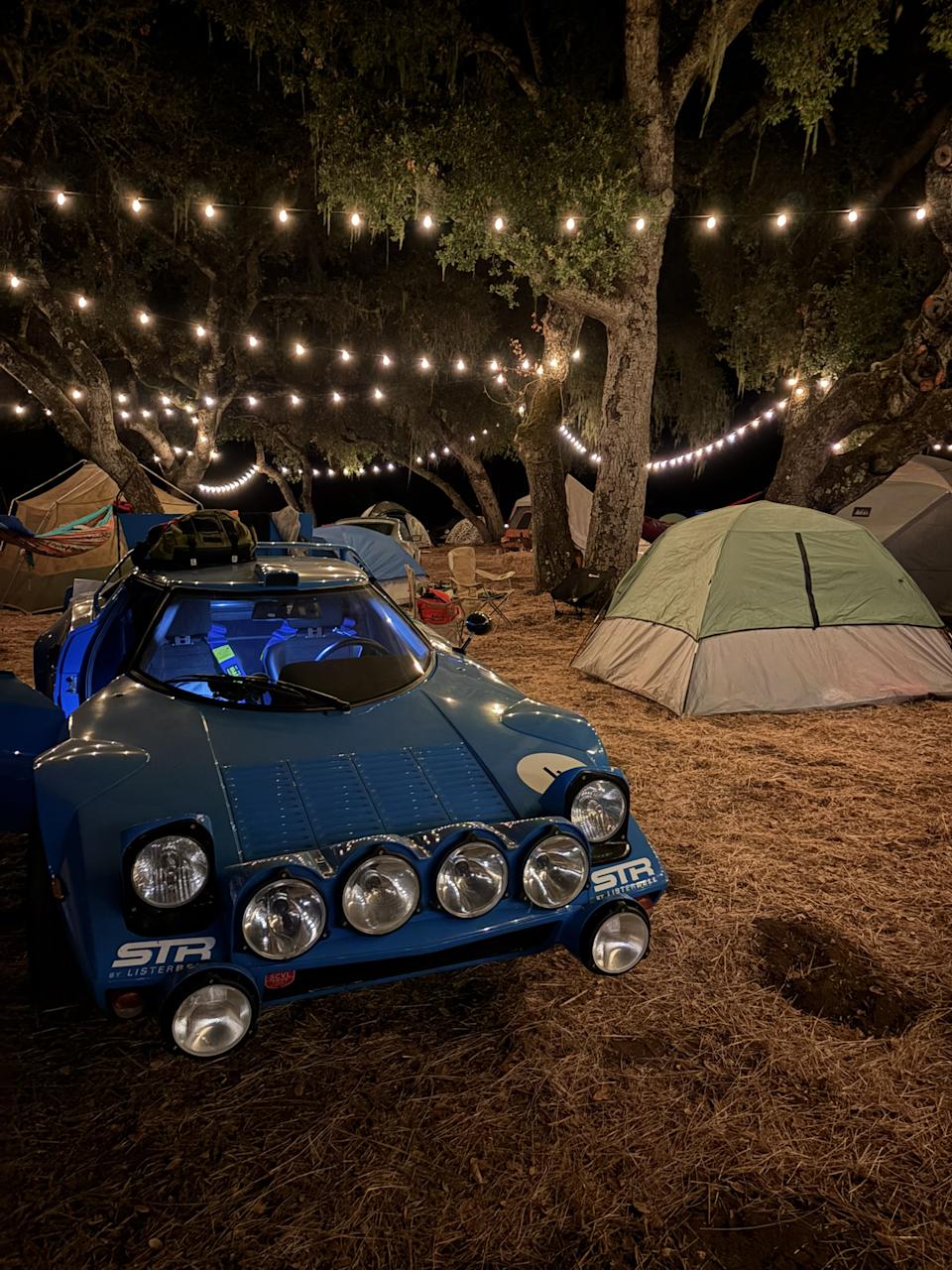
Making the Monterey Car Week experience accessible and community driven
At an undisclosed winery deep in the hills above Carmel Valley, 30 minutes from a bathroom and about an hour from the center of the action, John King is standing next to his very blue Lister Bell STR, a six-figure, 400 horsepower Lancia Stratos rally car replica.
It’s parked in the dirt next to his two-person tent under a canopy of trees and string lights warmly illuminating a scattershot campsite filled with 50 other vintage Porsches, BMWs, Volvos, and Mercedes.
The president of an industrial automation technology company, King hooked up with a couple of friends to caravan 1,300 miles from Missoula, Montana for his first Car Week.
Rather than stay at a luxury hotel, or any hotel, they chose Camp Overcrest, a car camping site set up by experiential driving outfit Overcrest Productions.
While many such programs can be five-figure, 400 thread-count affairs, Overcrest prides itself on being accessible.
For $695 participants had a place to sleep near Car Week for just about the entire time.
Considering the Motel 6 in Monterey had a room listed for more than $1,000 per night, that’s a bargain, even in a tent.
While there was no formal drive attached to Car Week, normal Overcrest Rally entry fees run about $500 for a roughly 800-mile route.
“Overcrest is about sacrifice, exploration and community,” said co-founder Kris Clewell. “There’s something about the chemistry when you keep things accessible to anyone who wants to go.”
But there’s a catch: You must apply for entry and write an essay explaining why you should be accepted. Clewell’s team reads every one of the 600 to 700 applications they receive for each event.
“We want to know why driving matters to you, like, why do you want to do this, why do you want to come and do this thing with these people,” Clewell said.
Running rallies for seven years the Overcrest team challenges itself to keep things fresh. “We’re always trying to think about doing something different, so we did an art show,” Clewell explained.
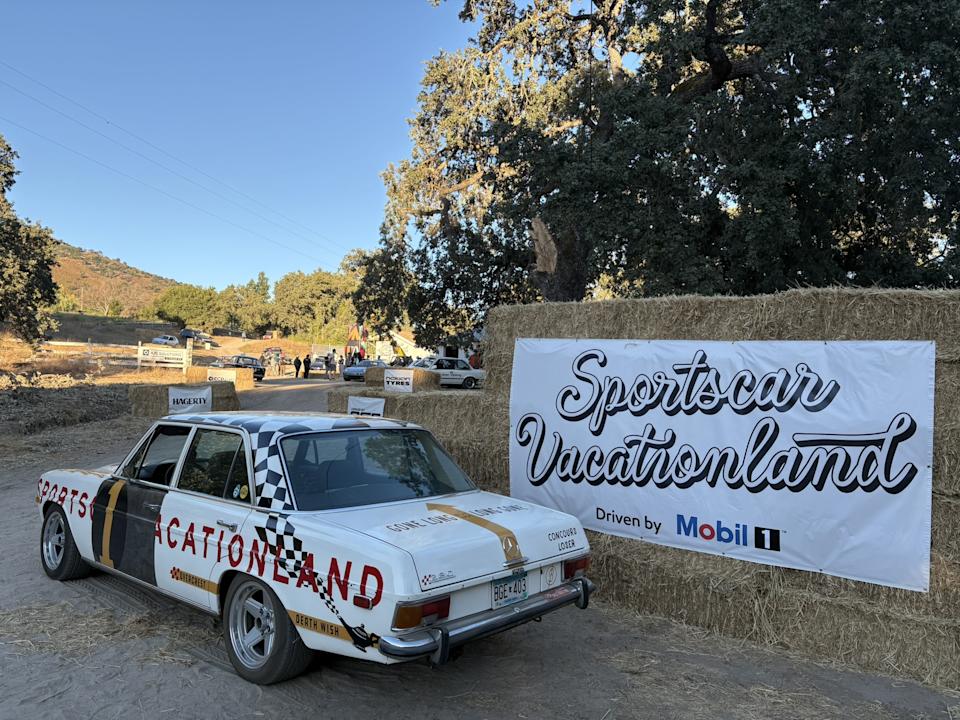
Alongside Camp Overcrest, the group’s first ever Sportscar Vacationland brought artists and enthusiasts together to share their passions.
Exhibits, cars, interactive installations, an outdoor cinema, vendors, and food trucks on what’s normally a working vineyard presented something new for attendees at every turn.
John King’s Lister Bell was on display and I’m pretty sure the paint was wearing through from so many people ogling it.
“What this is all about is about connections between people,” King tells me about his choice to participate. “It’s a thousand percent the experience, places people have never been before, discovery.”
So, what does all this mean for car culture? It’s hard to tell other than it’s changing. Maybe diversifying is a better term.
Either way, reports of car culture’s demise are greatly exaggerated.

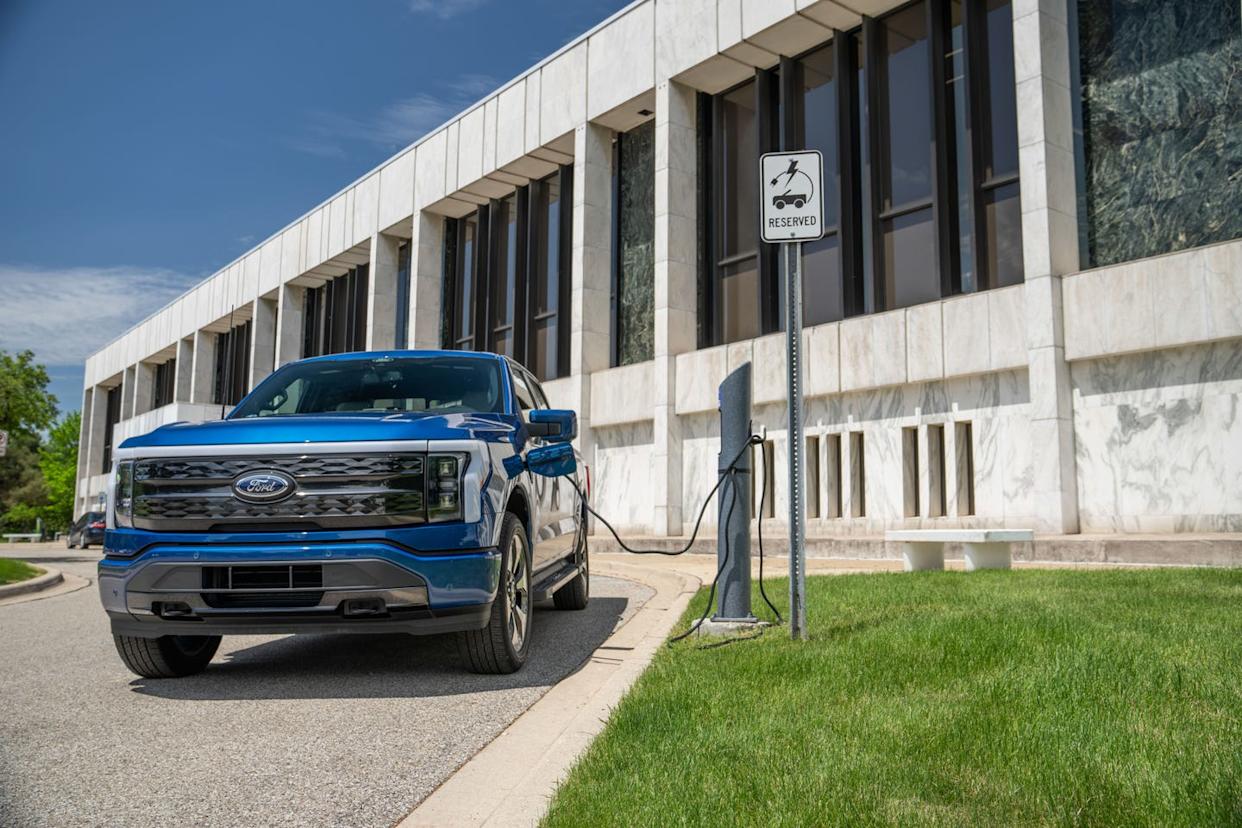
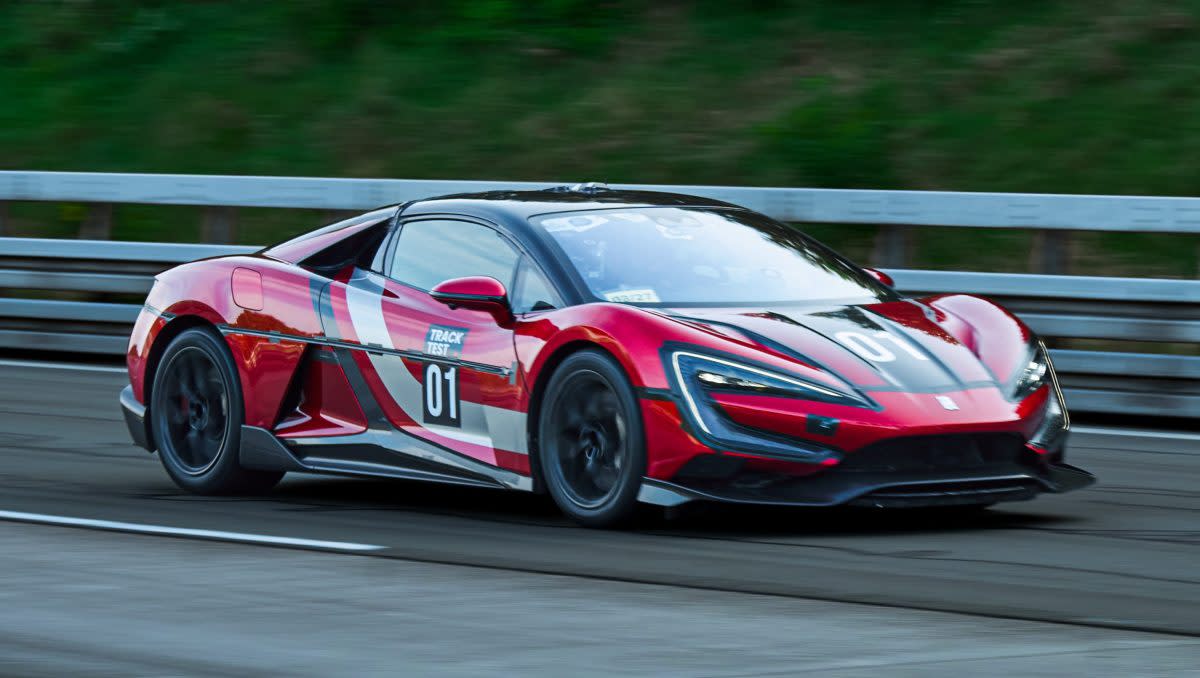
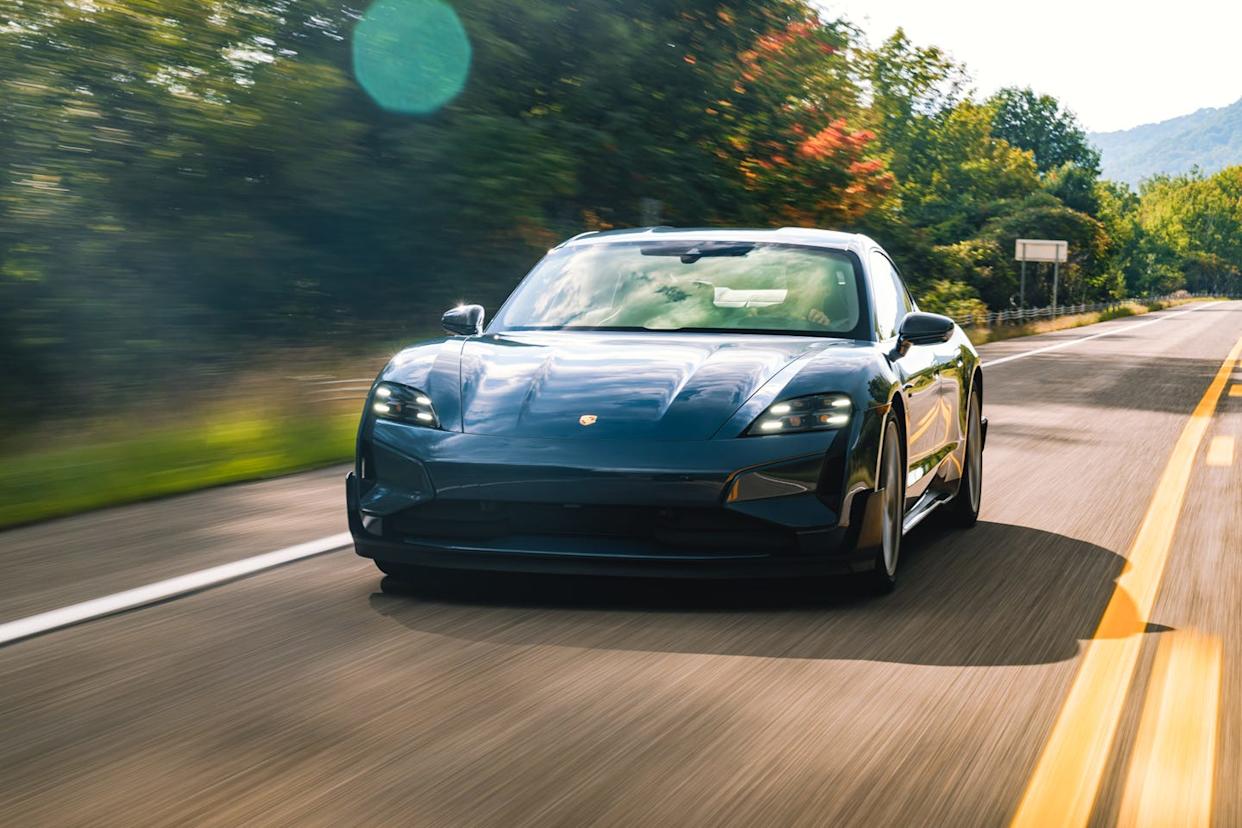
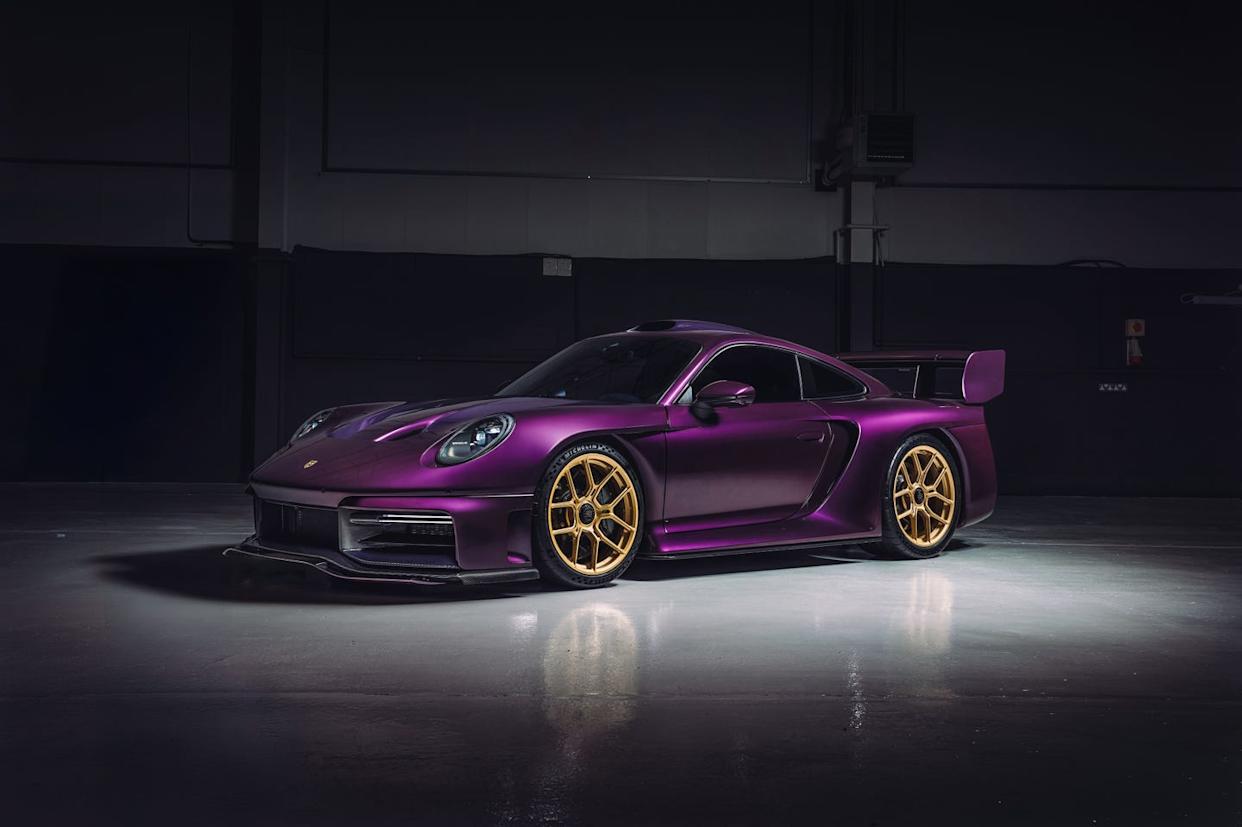

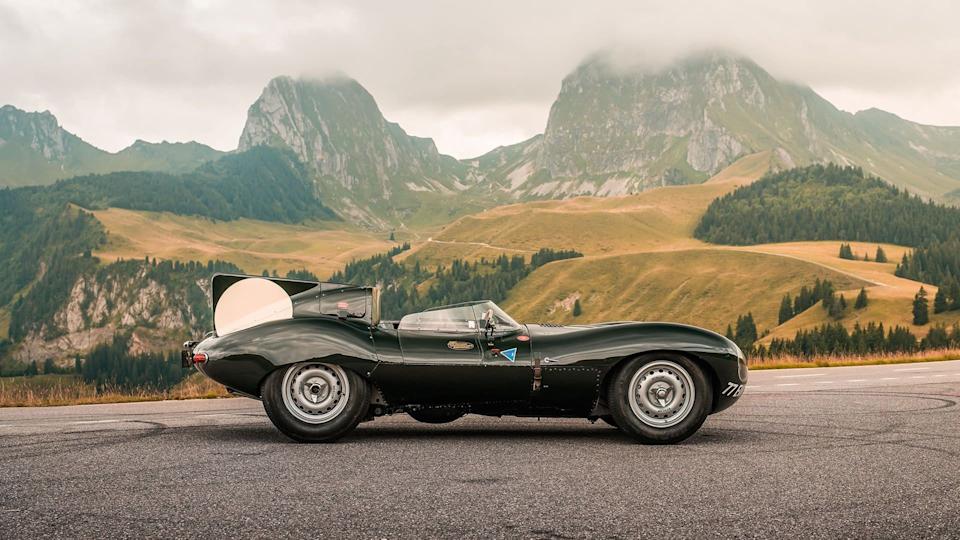
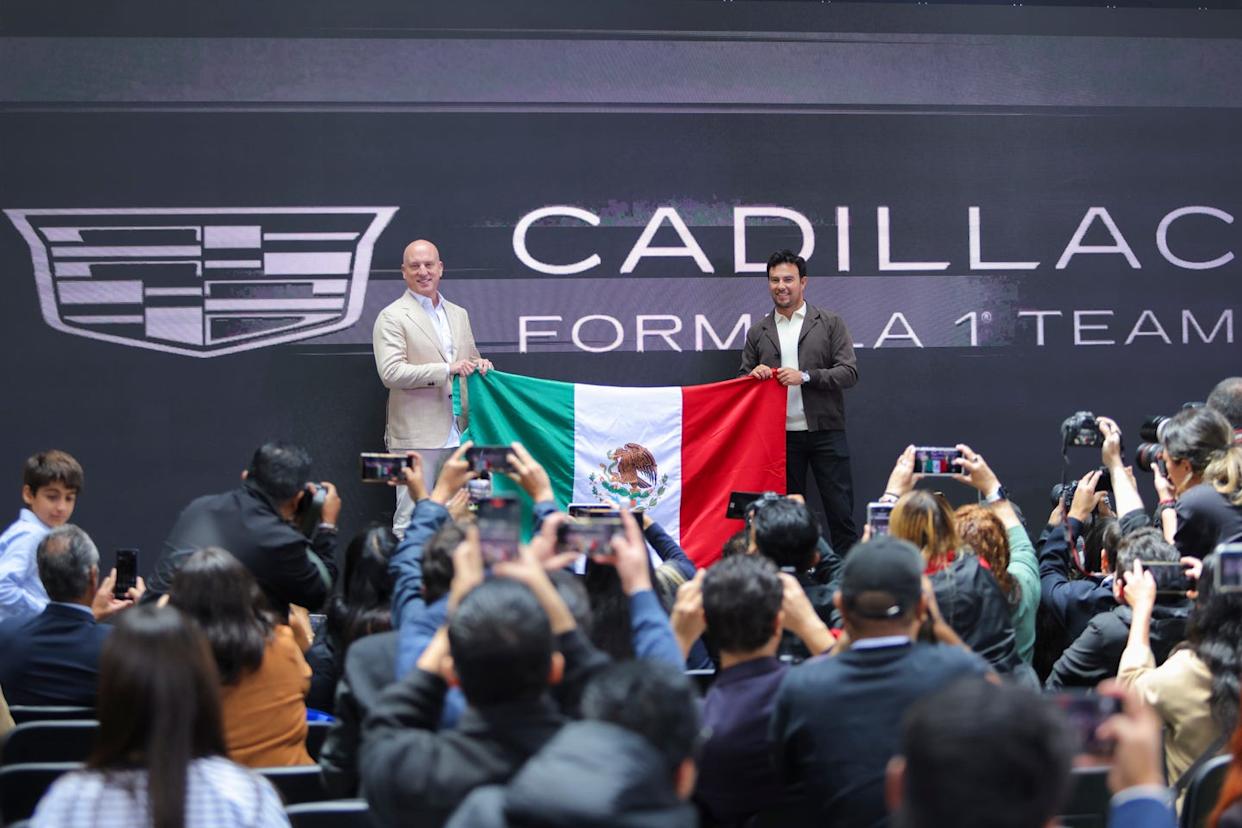
Comments